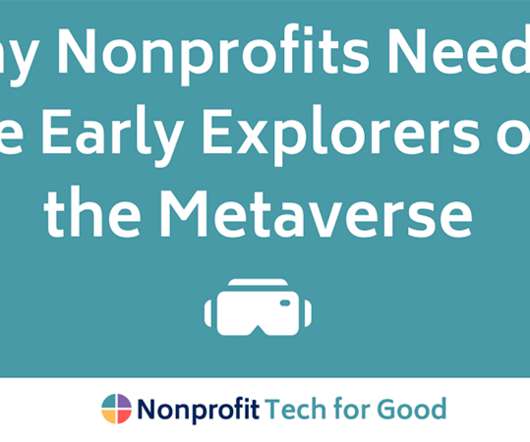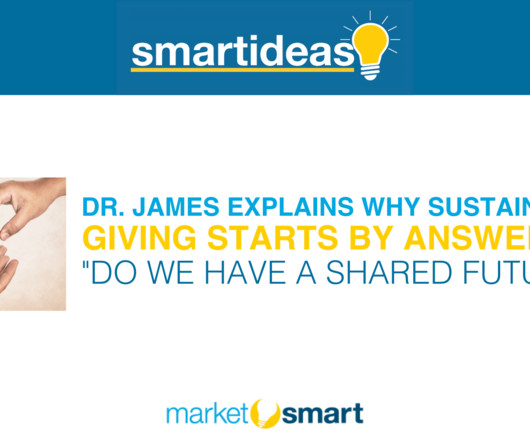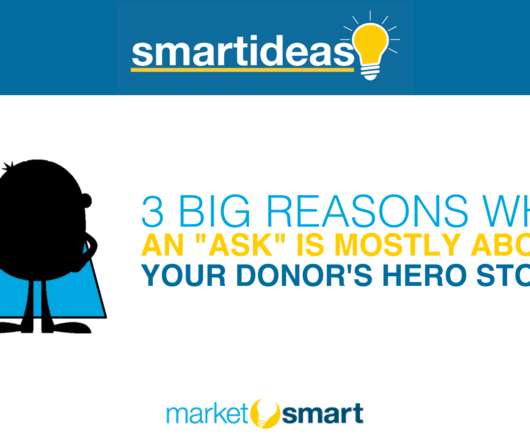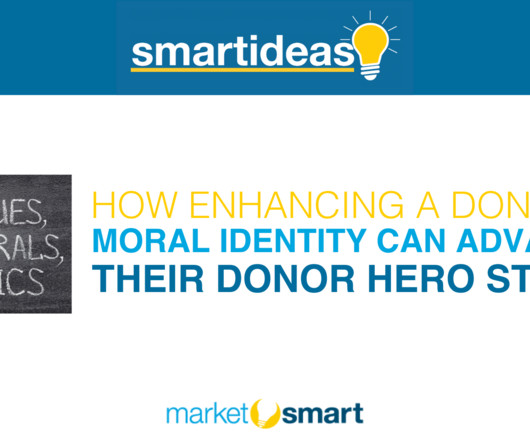Why Nonprofits Need to Be Early Explorers of the Metaverse
Nonprofit Tech for Good
DECEMBER 19, 2021
Those already exploring the metaverse can attend live concerts and meet with government officials. Big Tech, banks, corporations, and governments worldwide are betting big on the metaverse and its future. There I was, being virtually groped in a snowy fortress with my brother-in-law and husband watching. Get the idea?












Let's personalize your content